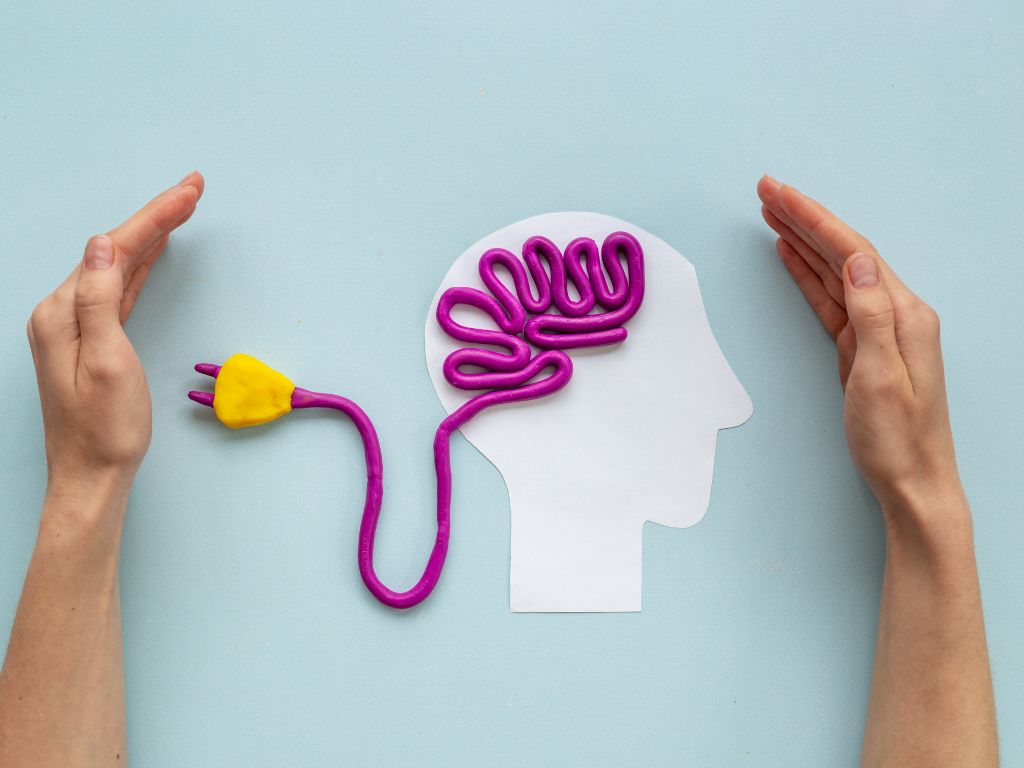While working with a client recently, I encountered a familiar scenario: a well-crafted email campaign that fell flat despite containing valuable product tips. The reason? It was a one-and-done approach in a field where sustained engagement is crucial.
When it comes to marketing in the edtech sector, there’s a common misconception that sending out a single piece of brilliant content will magically transform user engagement.
The key to understanding why single-touch marketing often fails lies in cognitive science, particularly in the principles of spaced repetition. Dr Piotr Wozniak’s groundbreaking research on memory retention, which led to the development of SuperMemo, offers fascinating insights that edtech marketers often overlook. While we typically associate this research with learning algorithms, its implications for marketing strategy are profound.
The Magic Numbers: 1-10-30-60
Research suggests that optimal memory retention occurs when information is revisited at specific intervals: after one day, ten days, thirty days, and sixty days. Think about how you learn a new phone number – without regular usage, it fades from memory. The same principle applies to your product’s presence in your customers’ minds.
Breaking Down the Strategy
Here’s what edtech leaders should consider when planning awareness campaigns:
1. Initial Impact (Day 1)
· Instead of a single email, plan a multi-touch sequence
· Combine different channels (email, social media, in-app notifications)
· Focus on value proposition rather than just features
2. First Reinforcement (Day 10)
· Share customer success stories
· Provide different use cases
· Highlight features that address specific pain points
3. Deep Engagement (Day 30)
· Offer advanced tips and strategies
· Share industry insights and trends
· Present case studies showing ROI
4. Long-term Connection (Day 60)
· Share product updates and roadmap
· Provide comprehensive usage analysis
· Offer personalised optimisation recommendations
However, in doing the above you have to be really careful to avoid common pitfalls such as:
Content Fatigue: while consistency is crucial, avoid sending identical messages. Each touch point should provide fresh value while reinforcing your core message.
Channel Monotony: Don’t rely solely on email. Modern edtech marketing demands an omnichannel approach incorporating:
· In-app messaging
· Social media engagement
· Webinars and virtual events
· Customer community platforms
Misaligned Timing: Consider your users’ academic calendars. Timing your campaign around key decision-making periods in education can significantly impact engagement.
So here are my tips for the practical implementation of a successful edtech campaign:
1. Content Mapping
Create a comprehensive content calendar that aligns with the 1-10-30-60 principle. Each piece should build upon the previous while standing independently.
2. Engagement Tracking
Implement robust analytics to monitor:
· Open rates across different time intervals
· Feature adoption rates
· User engagement patterns
· Content interaction metrics
3. Personalisation at Scale
Leverage your edtech platform’s data to:
· Segment users based on engagement levels
· Customise content for different user roles
· Adapt messaging based on usage patterns
There is an ROI to patience! While it might seem more resource-intensive initially, a well-planned, sustained awareness campaign typically delivers:
- 3-4x higher engagement rates
- Improved customer retention
- Stronger brand recognition
- More reliable revenue forecasting
In the future, and as the edtech sector continues to evolve, consider also incorporating things like AI-driven timing optimisation, predictive analytics for content delivery, and adaptive learning principles in marketing automation.
And I would do all of this while, at the same time, building and nurturing your community of users and stakeholders – by far the most important tool when it comes to marketing!
Remember, building awareness isn’t about bombarding users with information – it’s about creating meaningful touchpoints that align with how the human brain processes and retains information. By applying the principles of spaced repetition to your marketing strategy, you’re not just promoting your product; you’re building a lasting presence in your customers’ minds.

Leave a Reply